latest
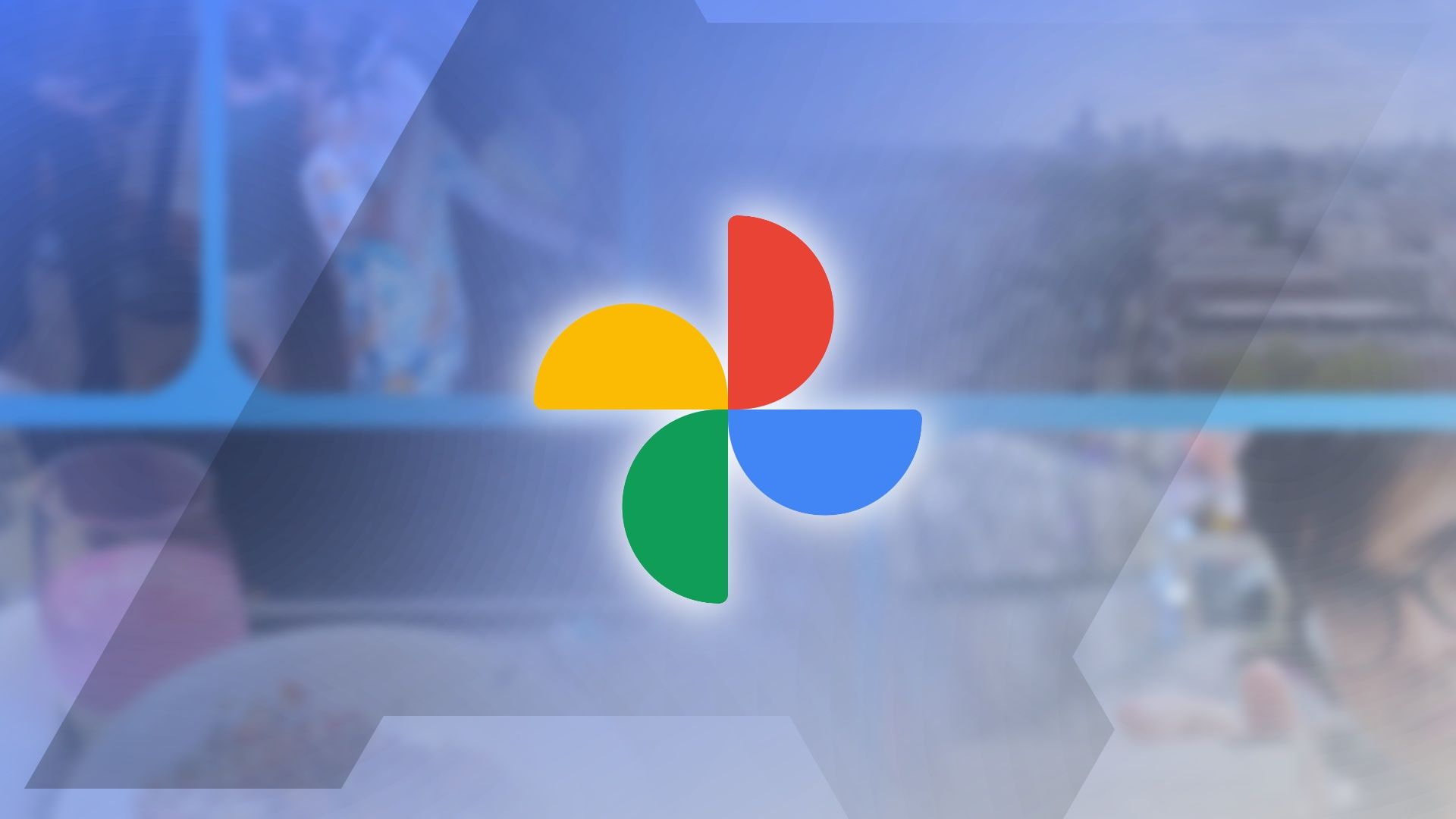
Google Photos is trying out some buzz for your zoom
Users report tactile vibrations at maximum zoom levels
The integration of tactile feedback into smartphone apps and system behaviors is not a new venture. Yet, as Android continually seeks to refine and enhance the user experience, haptics are garnering more attention. One prominent app aiming to improve vibration feedback is Google Photos, as evidenced by a recently introduced haptic element that is intriguing users.
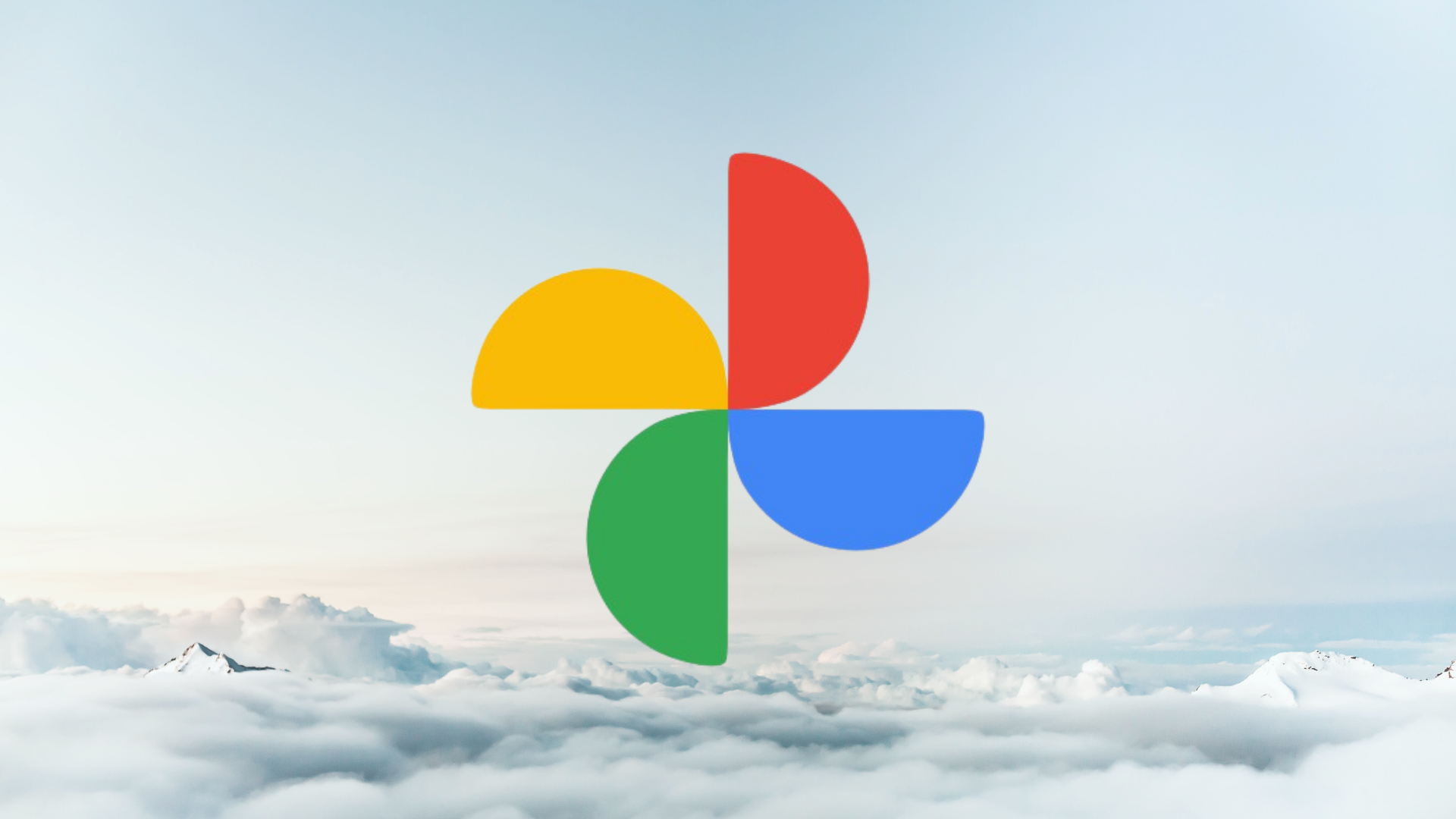
Google Photos is all click-click-click now and it's enormously satisfying
A more tactile experience for your cloud library
It's no secret that haptics are becoming an increasingly important factor in smartphones. Android haptics have always been a bit of a mixed bag, requiring a mix of premium hardware and excellent software. As these components continue to improve each year, Google has been slowly tweaking its software to include physical feedback. Photos is the latest recipient, adding a nice touch whenever you're browsing through your picture history.In recent updates to Google Photos, the timeline scrollbar now provides clicks for each month while sorting through an entire library (via Reddit). It's a positive experience, one that feels surprisingly good in action on my Pixel 4a 5G. It's not a slight enhancement either — it actually makes it easier and a little bit faster to find the exact month you're searching for on your timeline.It's a small step in bringing the physical experience of using Android a little closer to its rival. Like it or not, the iPhone has had killer haptics for years now, and Google Photos on iOS even has the same clicking sensation when scrolling through the library. However, while this could just be my opinion, the harsher ticking effect on the Android version feels a little better than the more subtle approach used in its Apple counterpart.This isn't the only effort working towards better physical feedback. Google is working to improve haptics with both Android 12 and the rumored Pixel 6, using audio effects to make the vibrations feel that much more accurate. It's not totally clear when Photos added haptics — or if it was just a standard server-side update — but it's live for us as of version 5.50.0.384752107. You can grab it using the Play Store link below or download the latest APK from APK Mirror.[EMBED_APP]https://play.google.com/store/apps/details?id=com.google.android.apps.photos[/EMBED_APP]
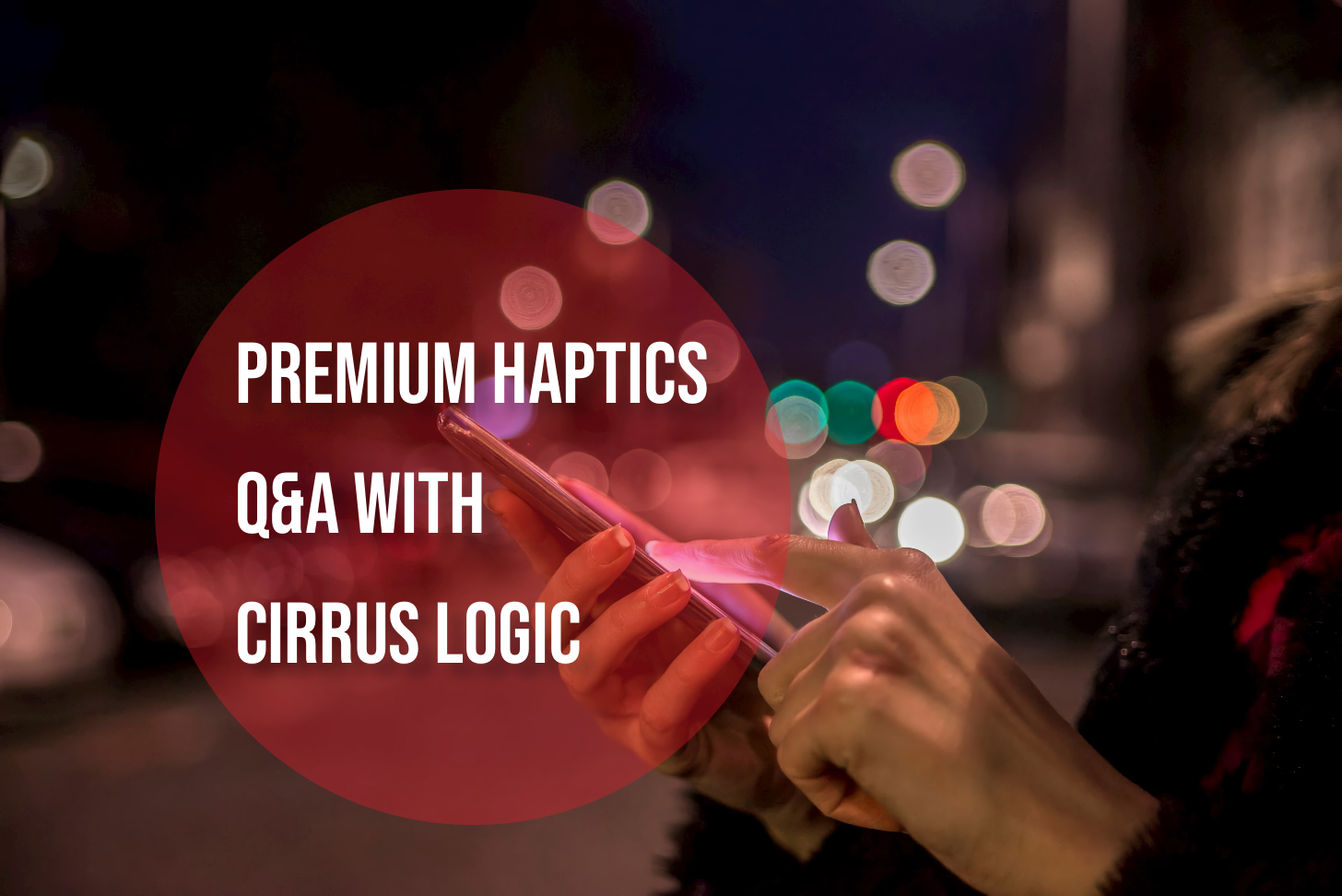
By now, you know how important haptics are to the smartphone user experience, but there’s still more to the story. We recently had a virtual conversation with the team at Cirrus Logic to get a better understanding of the price constraints that come with premium haptics, what implementation challenges they face as smartphones evolve, and more. Here’s how it went.
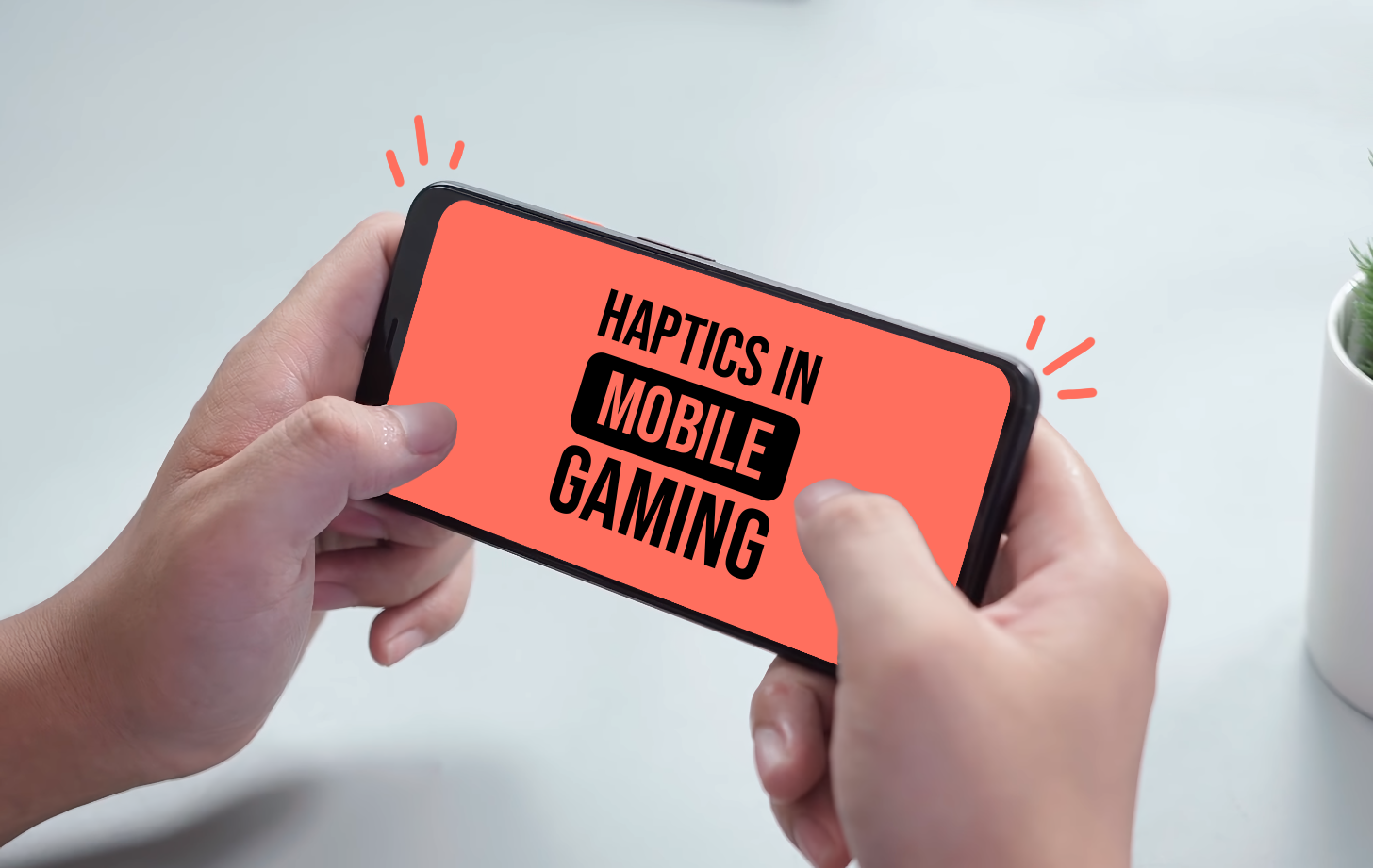
The mobile gaming market has been growing at a rapid pace, fueling the emergence of dedicated gaming phones and more ambitious games. To help mobile titles feel closer to their console cousins, some developers have begun to lean on in-game haptic feedback. Here's a look at how premium haptics empower better mobile gaming experiences.
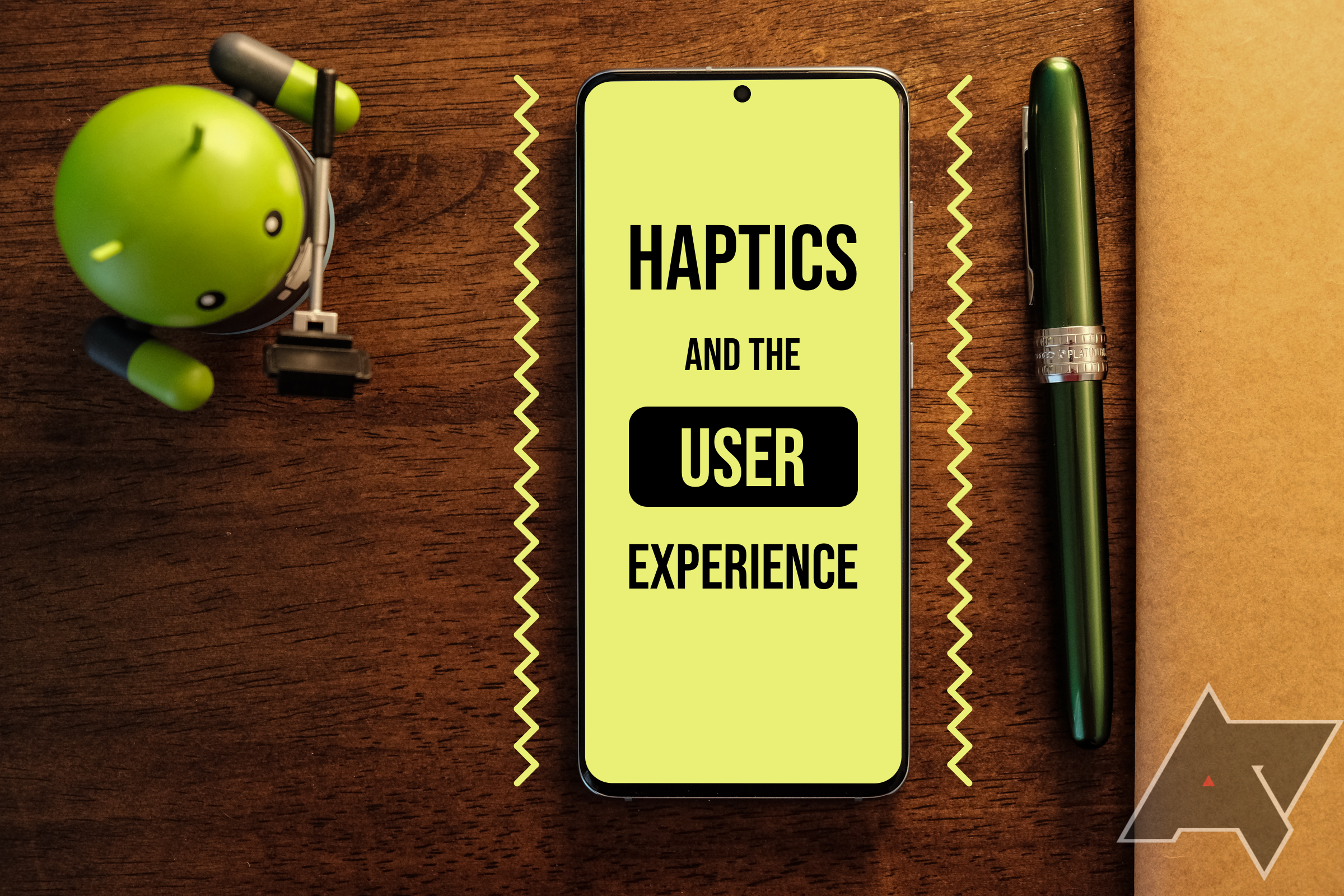
Building buzz: How smartphone haptics can make or break the user experience (Sponsored)
Not every vibration is created equally. Here's why they matter.
Your phone probably buzzes hundreds of times a day, relaying information with each tiny jolt. By now, you know how much force every vibration emits and what each length of buzz means, all without looking at your device — vital pieces of your smartphone's user experience. Today, we're talking about how haptic technology can impact the way you engage with your device, for better and for worse.
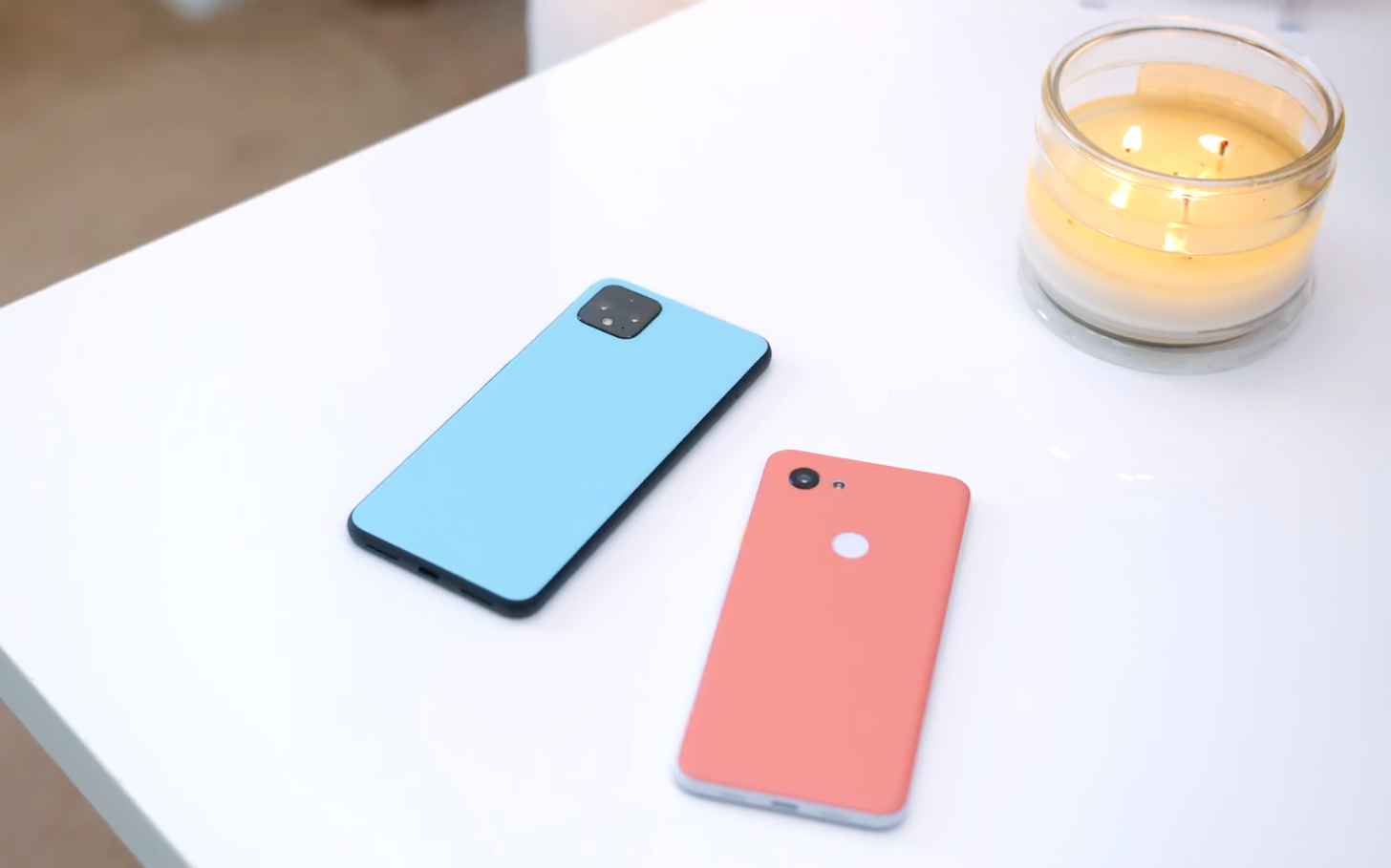
Why good haptics make you feel better about your smartphone (Sponsored)
Each buzz is calculated for precise tactile feedback
We recently took a deep dive into what haptics are and why they're a vital part of your smartphone. Today, we're going even further to see how phone manufacturers tune haptic motors to shape the user experience. Plus, we'll be touching on the physiology behind haptics and what OEMs hope to achieve in the future with haptic technology.
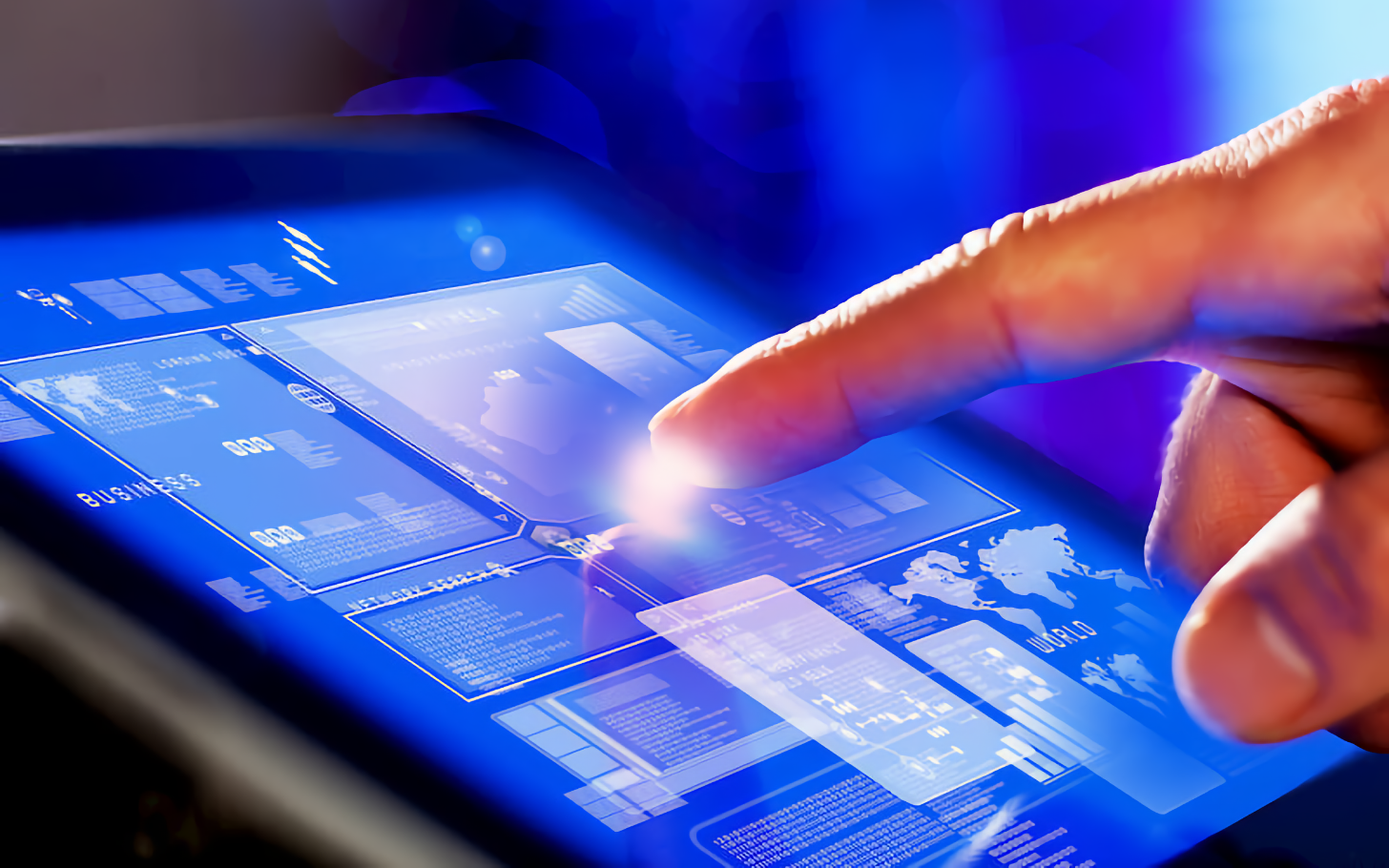
What are haptics, and why are they such an important part of your smartphone? (Sponsored)
Your phone's haptics are an integral part of how it communicates with you
Our phones buzz so many times a day, it's easy to take the tech behind these vibrations for granted. But just for a moment, stop and think about what would happen if those buzzes weren't there. How many text messages would go unread? What notifications would you miss? Would you still feel connected to your smartphone? In this first installment of our new haptic tech series, we're taking a closer look at how haptics came to be and why they're so important in your favorite smart devices.

A lot more goes into good smartphone haptics than you'd think
A quick dive into the hardware and software that make the experience work
In the wake of our Pixel 5 review, we were left thinking about the subject of haptics and what, precisely, separates good haptics from bad. It's hard to quantify a sensory experience, and that's part of why phone reviews are a thing. But we've dug into the subject, and even sat down with Cirrus Logic (who makes haptic solutions for phones) for a quick educational course.



